Sofo So Good
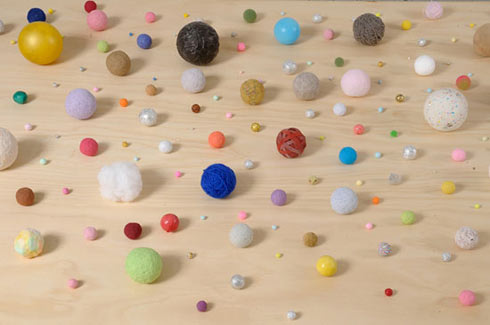
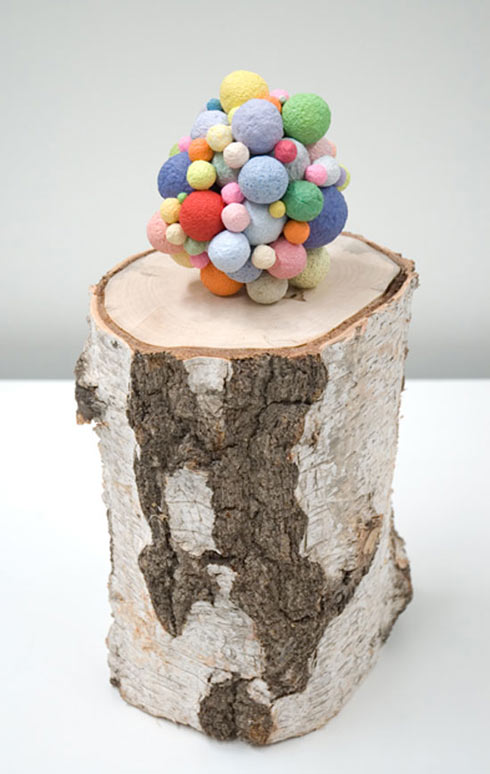
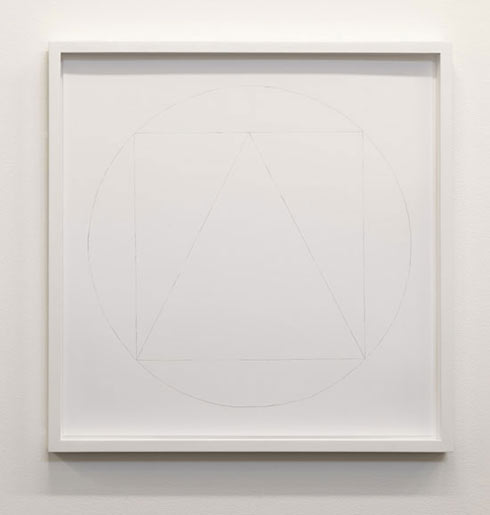
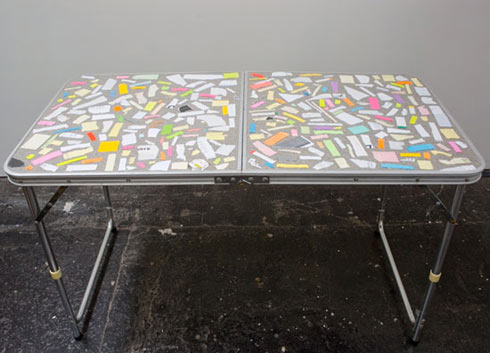
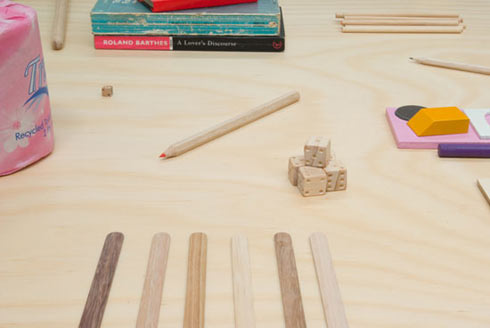
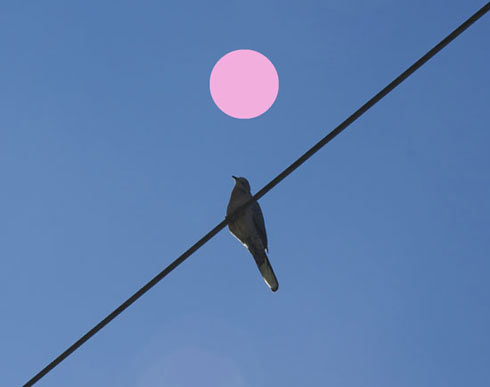
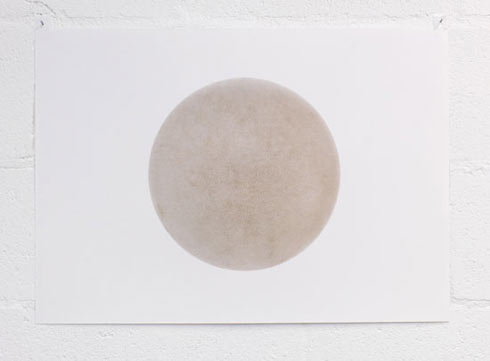
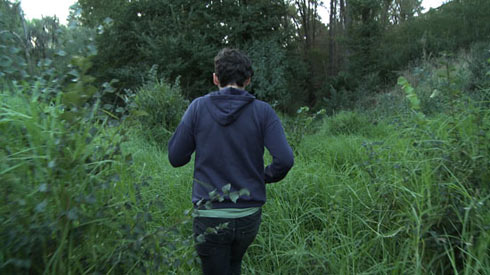
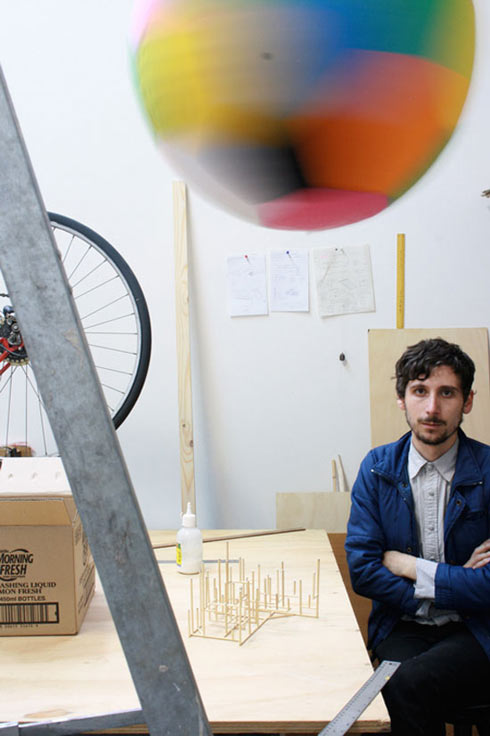 Words: Millie Stein Images: Charlie Sofo
Words: Millie Stein Images: Charlie Sofo
Some things are fundamentally meaningful. They don’t require didacticism or a grand narrative to make them so. Charlie Sofo, like his work, is one of these.
The Melbourne based artist has made an extensive practice of collecting, arranging, displaying and – now perhaps more than ever – noticing. A recent update on his blog entitled ‘Contact’ is a Google map of street-side condoms. Other favoured things to observe include discarded furniture, reactions, and objects that are just as they seem.
In turn, Sofo himself has been noticed. His work is currently held in the collections of Sydney’s Museum of Contemporary Art, Brisbane’s Gallery of Modern Art and Artbank, and he has had solo exhibitions at Darren Knight and Melbourne’s Heide and Utopian Slumps.
“Simple” is a misleading word for Sofo’s art because it implies a lack of depth. If you’ve been to one of his shows you will know this to be untrue. His practice is constantly expanding in logical, natural trajectories. Sometimes works are designed to be hung on walls, sometimes to be watched or listened to. The recurring theme is a distinct lack of intrusiveness – a reminder of what can be the immense impact of the small.
Millie Stein: What’s the first thing you’d want people to know about your work?
CS: Charlie Sofo: That’s tough because it’s always a struggle with words. I think because my practice is more about arbitrary facts, traces, sometimes it’s difficult to talk about it thematically.
MS: Well, that can be the first thing!
CS: Yes, that’s it: I’m more interested in talking about the things than the ‘work’. I’m interested in objects as some kind of connection between events and people. I don’t have a strict fetishistic approach to objects. I’m not obsessed with them, but collecting is a big part of my process.
MS: You also collect images on your blog?
CS: Collecting can happen in a natural way. It’s pursuing an interest in phenomena. I just [collect something] for as long as I am interested in it, or until I feel like it yields a result, and then I’ll finish. There are a few things that I’ve kept collecting for years. I have this collection of combs with my ex-partner, and we broke up about six months ago but for some reason we’re both still collecting them. I see the blog as an ongoing thing as well. I am actually putting together a book with a shitload of images that I originally thought were for research, but which turned into an artwork in themselves.
MS: A lot of your art seems to be about a process and its natural end.
CS: Yes, it’s like it gets to the point where there’s enough of it. A few years ago, in a different stage, I made an image by just rubbing my fingers over the paper. When I started, I was thinking about my trace, but then I wondered if I could build up enough of the material to actually create something. The natural end of it was when something actually became visible – making something small into something significant.
MS: Can you tell me a bit about Colour is Knowledge?
CS: I thought it was about time I had a think about colour. I was going out and sanding different buildings and collecting colours from them, and thinking a lot about minimal colour field paintings and trying to come to terms with that. The colours in ‘Colour is Knowledge’ were all linked to real things; I documented probably sixty different types of buildings and took notes on all of them. It was almost like building up a knowledge bank. That was how the title arose. It was also a bit silly, because everything can be considered “knowledge”.
MS: Was it their regularity that appealed to you?
CS: Yes, I’m really interested in the idea of standards. It’s a different type of language, like the language of Office Works, and stationary. I’m interested in found colours, and standard colours. I don’t mix colours and I don’t paint. If you think of a pack of standard pencils, those are the colours I’m interested in.
MS: I read once that you said your work has “a quietness”. When you call something “regular,” does that imply quietness? Is there something about everyday objects that is quiet?
CS: I guess if a thing is regular, it doesn’t stand out too abruptly because it’s already part of a language – so in that way, yes. Maybe I like to think that they’re quiet, but there’s also a lot of chattering. It’s not loud, but it’s in there. When I started using circles a couple of years ago, I was definitely thinking of quietness. You know, the Zen side of minimalism – not “minimalism” in quotation marks, but literal minimalism.
MS: What is the connection between your use of colours and shapes?
CS: The shapes fit in with the regular colours. That’s why I started using regular shapes as well. Recently it’s expanded a bit: I’m not using squares and triangles and circles any more, so much as organizational tools. I was just thinking that by organizing objects in a particular way, I could maybe keep their physical integrity in tact. I had a work in Utopian Slumps of bookmarks that I’ve collected. I laid them on top of a table and thought to myself, “this is probably the simplest way I can organize things now”. Not even sticking them down, not creating works, just displaying the materials as they are and letting gravity do its thing. With a couple of projects I’m doing now, they’re not even about materials. They’re about one particular action, like sleeping in people’s beds, which is something I started about two months ago.
MS: How did that come about?
CS: I put a message on my blog and a few people distributed it as well. The whole idea was to spend a night together in a bed. I was thinking about some sort of action, some drastically different thing, that would be totally non-sexual and simple but challenging. I’ve been doing it, and it’s turned out to be a good thing. Mostly, it’s not about sleeping together. It’s more about having a night with someone who I wouldn’t usually have a night with. It’s a bit of a leap, considering I’ve been making a lot of quite introverted work. There’s no trace other than that we did it – we spent a night together. And everything that has happened has happened on a personal level between me and someone else. I think it’s completely consistent with a lot of the other work I’ve been making, but it’s definitely looking outwards at people as the subject.
MS: How are you documenting it?
CS: Well, this is the thing: I’m not. I was told that there are artists who have done this before and photographed it, but all mine is, is a date with someone’s name written on a piece of paper. That’s the record. When I started, I thought there was no way I could document it because everyone was so different and lot of people who asked were actually very sensitive about the whole thing; about being misrepresented and, sometimes, being represented at all. So I don’t feel comfortable taking their image. It’s an event that happened, it’s a sentence written on a piece of paper.
MS: So that you’re completely preserving the intimacy of the act.
CS: Yes, and the respect and the trust that is involved in inviting someone to your house. It’s totally not part of my personality, in a way. I think that’s why it seems to be working, because it’s new for me and it’s new for most people who have agreed to it.
MS: I have a question for you from Steve from Bababa. He wants to know how you reconcile the smaller, more personal quality of your art with what he terms your “outspoken liberal politics”.
CS: I don’t find any conflict there. It’s all the same thing. There’s one way of expressing views, in making a direct statement, but it’s stronger to state that I don’t know. I just think about it in terms of honesty. Not truth, or any of that shit, but I don’t talk about anything unless I think I can talk about it honestly. It is a question mark, but I feel that it’s a continuation of what I think.
MS: What do you mean when you say honesty but not truth?
CS: I mean not Truth with a capital T. In this book that I had in the Heide show, there were things that I did and wrote down a single sentence about. If you read it and didn’t believe that I’d done those things, then it didn’t work. Maybe it’s got something to do with trust as well, but I think it’s important that I haven’t tried to confuse or deceive in the process of trying to communicate an idea. That question of honesty is more something to touch base with now and then, rather than a guiding principle. It’s difficult territory. I’ve always seen my work as being honest in a material way, and that’s a continuation of some of those modernist concerns with materials. In terms of art history, I respond to that sensibility of just letting things be themselves.
MS: Your work says exactly that: that the existence of an object is its meaning.
CS: Yes: the thing in itself. Looking at things like that is good because you clear away all the crap, but an object immediately starts to take on meaning once you’ve done that. So you can still offer up these objects in their present state, but the immediate next step is for them to take on meaning. I don’t even like commenting on the meaning of my work, because it suggests that that is important. At the same time, I’m not going to exclude meaning and especially not exclude people making meaning from it. They’re meaningful for me, so that’s a good start.
Charlie Sofo
Next story: Mars Attacks – Gift Of Gab



